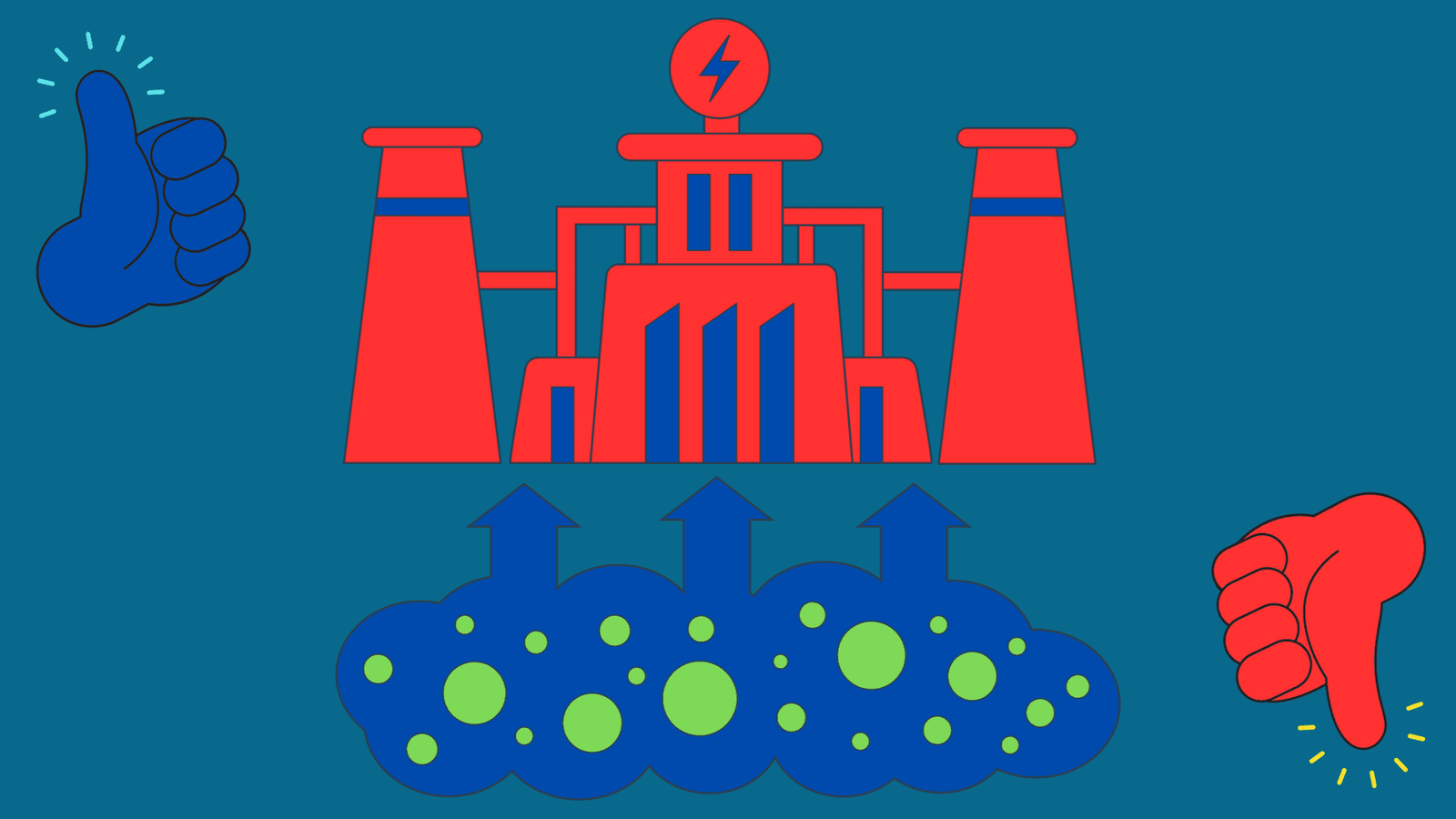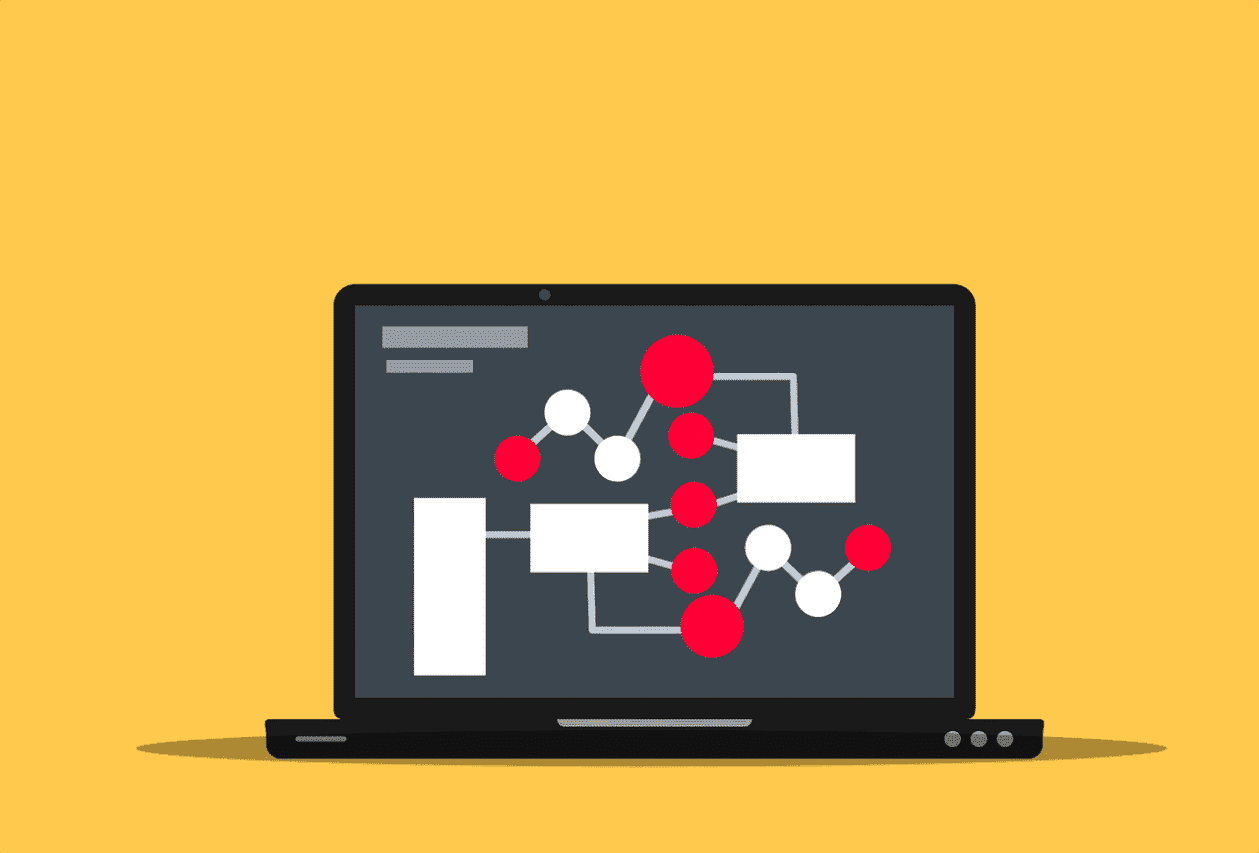Computational economics merges economics, mathematics, and computer science to analyze complex economic problems through simulations and models. Explore its significance, applications, and methodologies, highlighting its transformative role in modern economic analysis and policy-making.
Understanding Computational Economics: Bridging Theory and Practice
Computational economics is an interdisciplinary field that leverages computational methods and tools to analyze and solve complex economic problems. By integrating principles of economics, mathematics, and computer science, computational economics enables researchers and policymakers to simulate economic phenomena, test theories, and forecast future trends. In this article, we will explore the significance, applications, and methodologies of computational economics, while highlighting its transformative potential in modern economic analysis.
Definition of Computational Economics
Computational economics is a subfield of economics that employs computational methods and tools to study and analyze economic systems and phenomena. It combines principles from economics, mathematics, and computer science to create models that simulate economic behavior, evaluate theoretical frameworks, and conduct empirical research. By using sophisticated algorithms, numerical methods, and large-scale simulations, computational economics enables researchers to tackle complex problems that traditional analytical methods may not efficiently resolve. This field plays a vital role in understanding microeconomic and macroeconomic dynamics, informing policy decisions, and enhancing predictive capabilities in economics.
Examples of Computational Economics
Computational economics is employed in various scenarios that illustrate its diverse applications. Here are some prominent examples:
- Macroeconomic Modeling:
- Example: Large-scale models such as the Global Economic Model that simulates international trade flows and the interactions between different countries’ economies. These models help analyze the effects of policy changes, such as tariff adjustments, on global economic dynamics.
- Agent-Based Modeling:
- Example: An agent-based model simulating the housing market where individual agents represent buyers, sellers, and real estate agents. This model can study how varying interest rates affect home prices and demand.
- Game Theory Applications:
- Example: Models in oligopolistic markets where firms compete on price. Computational methods can be used to simulate pricing strategies among companies to determine the equilibrium prices and quantities in the market.
- Financial Economics:
- Example: Using Monte Carlo simulation to predict stock prices. By simulating numerous scenarios based on historical volatility and trends, economists can assess the potential risks and returns associated with different investment strategies.
- Economic Forecasting:
- Example: Implementing machine learning algorithms to predict unemployment rates based on a variety of indicators such as GDP growth, inflation rates, and historical employment data.
- Policy Impact Analysis:
- Example: A computational model evaluating the potential effects of a minimum wage increase on employment levels and business profitability in different sectors, helping policymakers understand the broader economic implications.
These examples highlight the versatility of computational economics in tackling complex economic issues through simulation, prediction, and analysis, showcasing its crucial role in modern economic research and policy formulation.
The Significance of Computational Economics
As economic systems become increasingly complex, traditional analytical methods often fall short. Computational economics addresses these challenges by utilizing computational models and simulations to provide insights into economic behavior. Here are several reasons why computational economics is essential:
- Handling Complexity: Modern economies consist of myriad interacting agents and variables. Computational economics allows economists to create models that reflect this complexity.
- Dynamic Systems: Many economic systems are dynamic and evolve. Computational models can simulate these dynamics to predict future behavior.
- Testing Hypotheses: Economists can use computational methods to test hypotheses and theories that are difficult to evaluate using traditional statistical methods.
- Policy Analysis: Computational models can evaluate the potential impact of different policy scenarios, helping policymakers make informed decisions.
Applications of Computational Economics
They have found applications across various areas of economics, including but not limited to:
- Macroeconomic Modeling: Simulating the behavior of the economy at a large scale, examining interactions among different sectors.
- Agent-Based Modeling: Analyzing the behavior of individual agents (consumers, firms) within an economy to understand emergent phenomena.
- Game Theory: Studying strategic interactions among rational decision-makers and predicting outcomes in competitive environments.
- Financial Economics: Using computational methods to model asset prices, risk management, and market dynamics.
Table 1: Key Applications of Computational Economics
| Application Area | Description | Example Usage |
|---|---|---|
| Macroeconomic Modeling | Simulating overall economic behavior | Analyzing the effects of fiscal policy on GDP |
| Agent-Based Modeling | Examining interactions of individual agents | Studying consumer behavior in response to price changes |
| Game Theory | Modeling strategic interactions | Evaluating outcomes in oligopolistic markets |
| Financial Economics | Analyzing asset pricing and market dynamics | Risk assessment in portfolio management |
Methodologies in Computational Economics
Several methodologies are commonly employed in computational economics to analyze and model economic phenomena. Here, we discuss some of the prominent techniques:
- Numerical Simulation: This involves using numerical methods to solve mathematical models that may not have analytical solutions. It helps in understanding the behavior of complex systems over time.
- Monte Carlo Methods: A statistical technique used to understand the impact of risk and uncertainty in predictive models. By running numerous simulations with varying parameters, economists can estimate distributions of possible outcomes.
- Optimization Algorithms: These algorithms are used to find the best solution from a set of feasible solutions, particularly in resource allocation problems. Techniques such as linear programming and genetic algorithms are popular in this domain.
- Machine Learning: Machine learning techniques are increasingly being utilized in computational economics for predictive analytics, pattern recognition, and classification tasks. This includes the use of neural networks and decision trees to forecast economic variables.
Table 2: Key Methodologies in Computational Economics
| Methodology | Description | Application Example |
|---|---|---|
| Numerical Simulation | Solving models numerically | Dynamic stochastic modeling of economic growth |
| Monte Carlo Methods | Assessing risk and uncertainty | Portfolio risk assessment |
| Optimization Algorithms | Finding optimal solutions | Resource allocation in public goods |
| Machine Learning | Predictive analytics and pattern recognition | Economic forecasting using historical data |
The Future of Computational Economics
As computational power continues to grow and data availability increases, the field of computational economics is poised for significant advancements. Some trends to watch for in the coming years include:
- Integration with Big Data: The increasing availability of large datasets will enhance the ability to model complex economic scenarios with greater accuracy.
- Interdisciplinary Collaborations: Collaboration between economists, data scientists, and computer scientists will lead to innovative methodologies and applications.
- Real-time Economic Analysis: Advances in computational techniques will enable real-time analysis of economic indicators, allowing for quicker policy responses.
Conclusion
Computational economics represents a critical evolution in the field of economics, providing robust tools for analyzing complex economic systems. By combining theory with computational methodologies, economists can gain deeper insights into the mechanisms that drive economic behavior. As the field continues to evolve, the potential for impactful research and practical applications is immense, shaping our understanding of economic dynamics in an increasingly complex world.
In summary, they serve as a bridge between traditional economic theory and practical application, facilitating the development of more nuanced models and informed policy decisions. Embracing these tools and techniques will be essential for economists as they navigate the challenges and opportunities of the 21st century.
Frequently Asked Questions (FAQs)
1. What is computational economics?
It is an interdisciplinary subfield that utilizes computational methods and tools to analyze and solve complex economic problems. It integrates principles of economics, mathematics, and computer science to create models that simulate economic behavior and evaluate theoretical frameworks.
2. How does computational economics differ from traditional economics?
While traditional economics often relies on analytical methods and theoretical models, computational economics employs simulations and algorithms to study economic systems. This allows researchers to address problems that are complex and dynamic, which may be difficult to capture with conventional approaches.
3. What are some common applications of computational economics?
Common applications include macroeconomic modeling, agent-based modeling, game theory analysis, financial modeling, economic forecasting, and policy impact analysis. Each area leverages computational methods to gain insights into economic dynamics and inform decision-making.
4. What methodologies are used in computational economics?
Some popular methodologies include numerical simulation, Monte Carlo methods, optimization algorithms, and machine learning techniques. Each of these approaches provides unique tools for analyzing economic phenomena and generating predictions.
5. How does computational economics contribute to policy analysis?
They provide a framework for simulating various policy scenarios, allowing economists to evaluate potential outcomes and impacts of different policy decisions. This helps policymakers understand the implications of their choices and make informed decisions based on data-driven insights.
6. What is the future of computational economics?
The future of computational economics is expected to see advancements driven by increased computational power, the integration of big data, interdisciplinary collaborations, and real-time economic analysis. These developments will enhance the field’s ability to model complex economic scenarios and provide timely insights.
7. How can I get started in computational economics?
To get started in computational economics, focus on acquiring a solid foundation in economics, mathematics, and programming. Courses in statistics, econometrics, and computational methods can be particularly beneficial. Engaging in projects and practical applications will also help build proficiency in the field.















